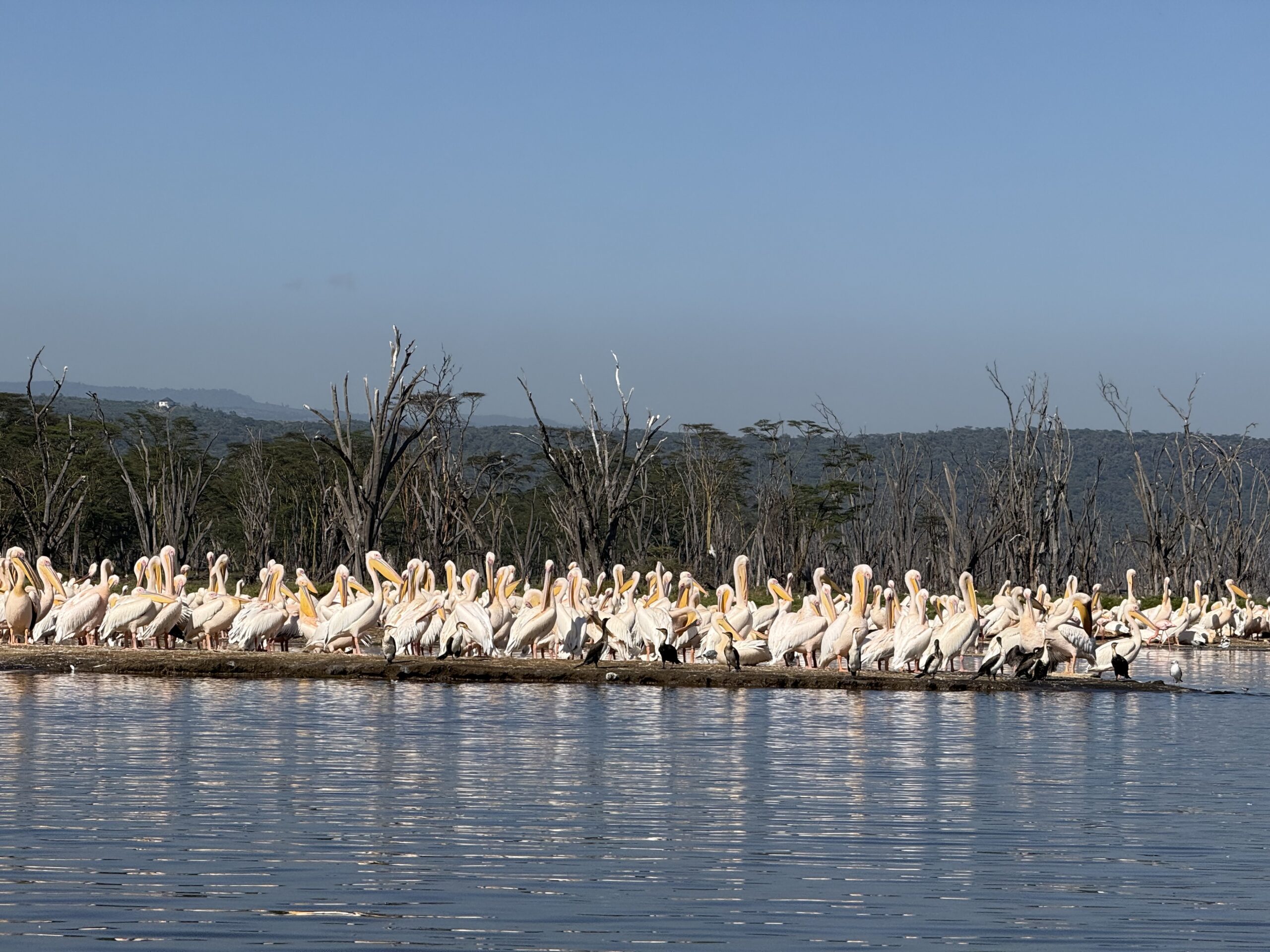
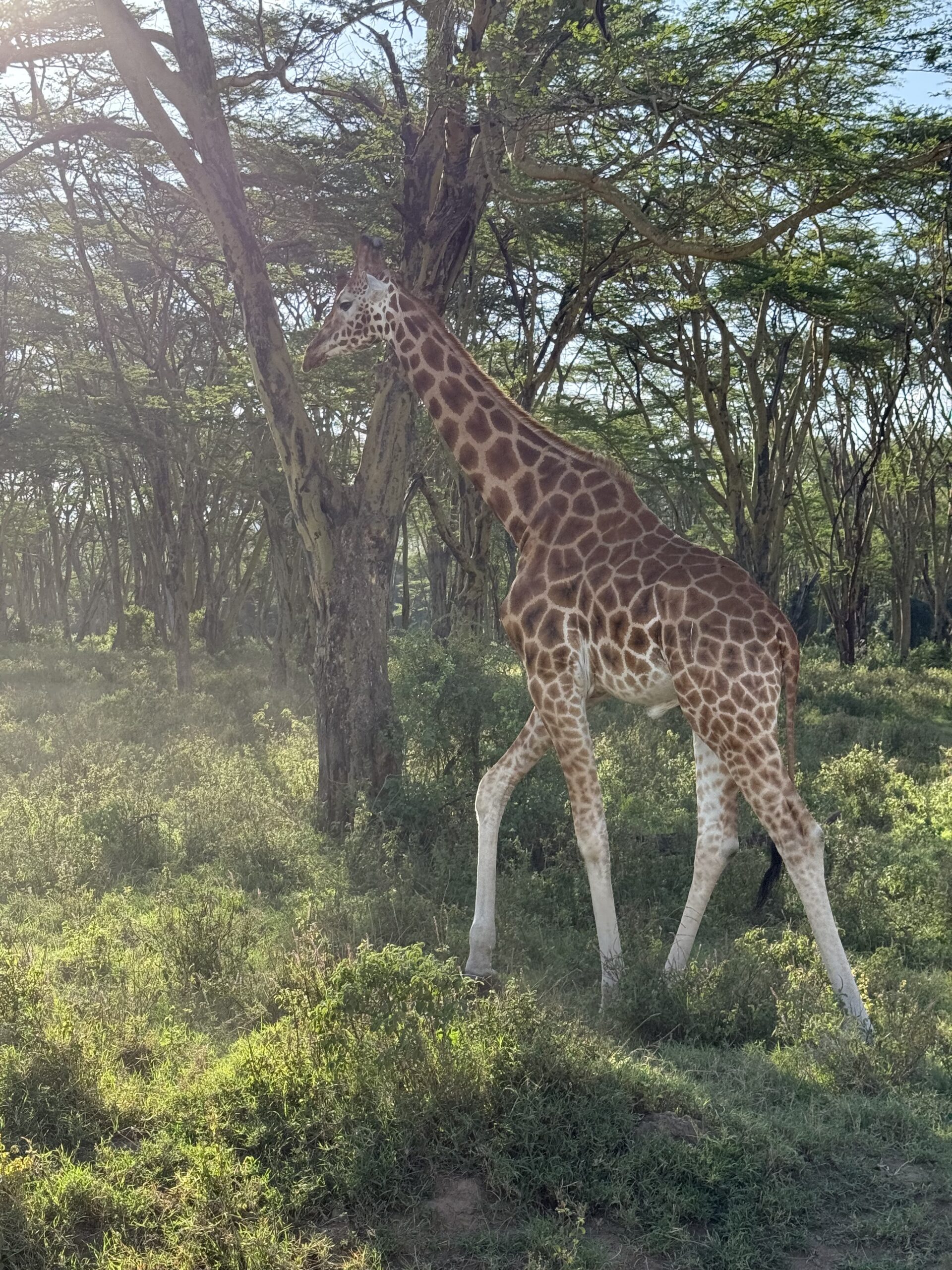
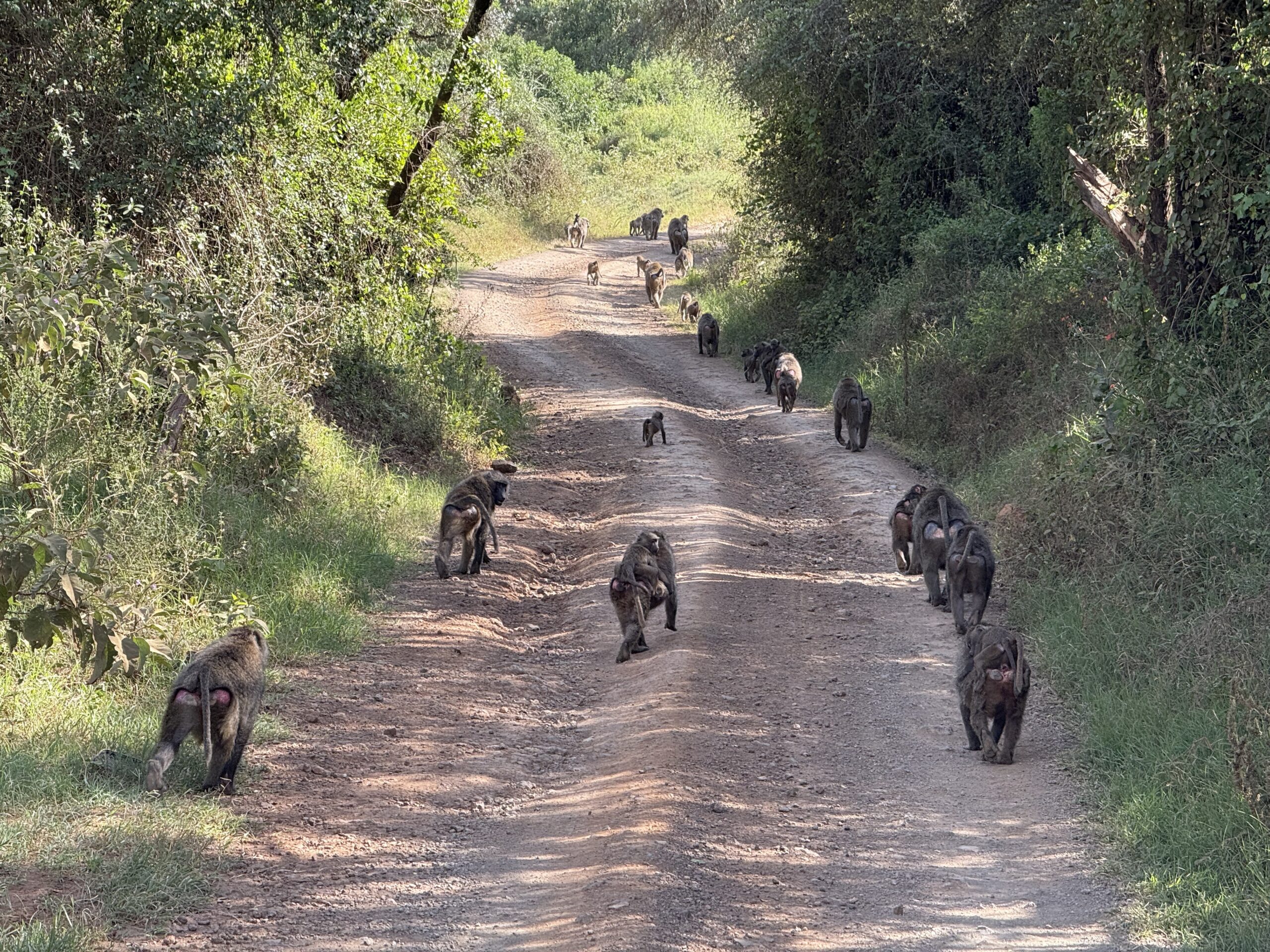
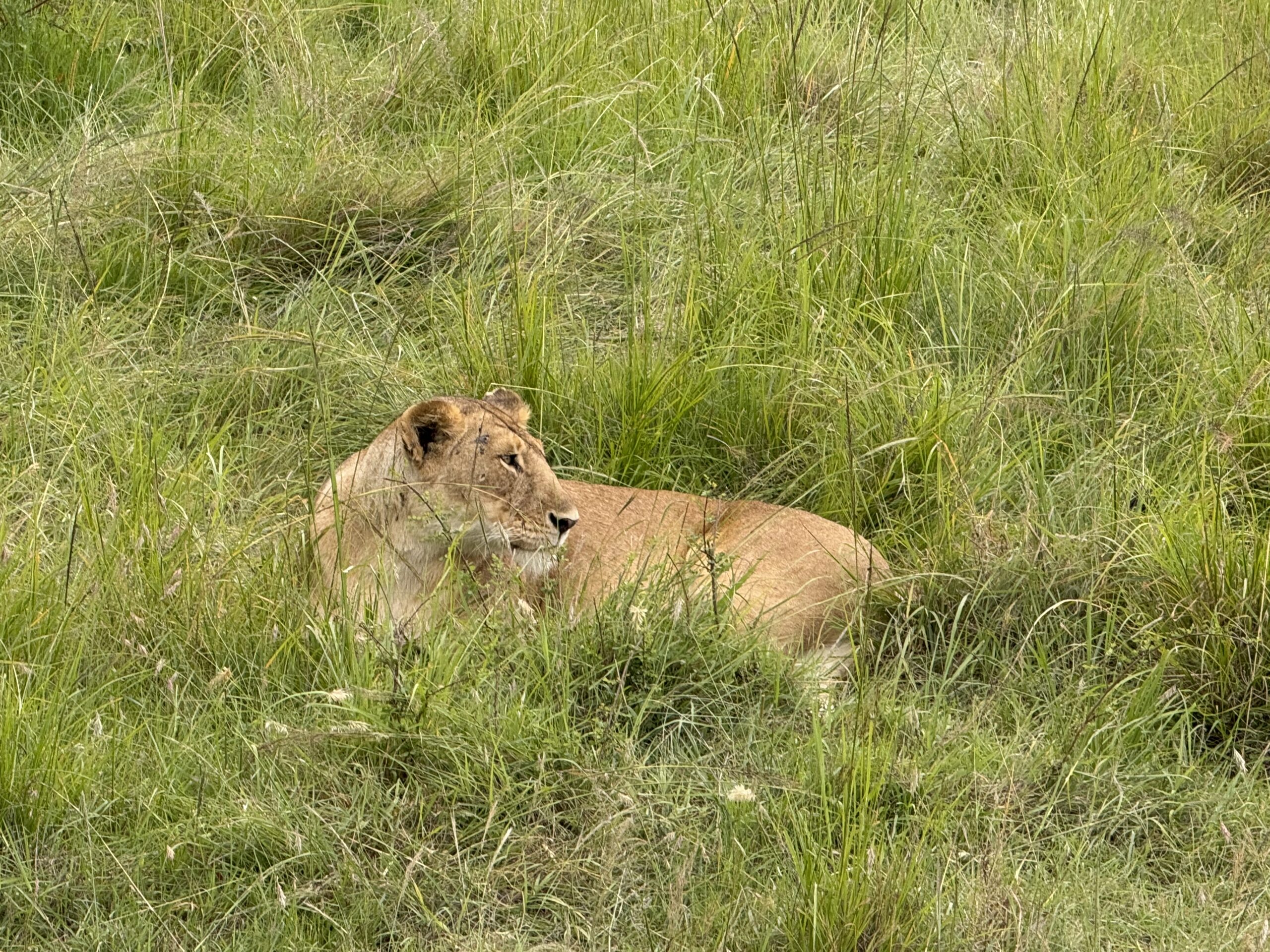
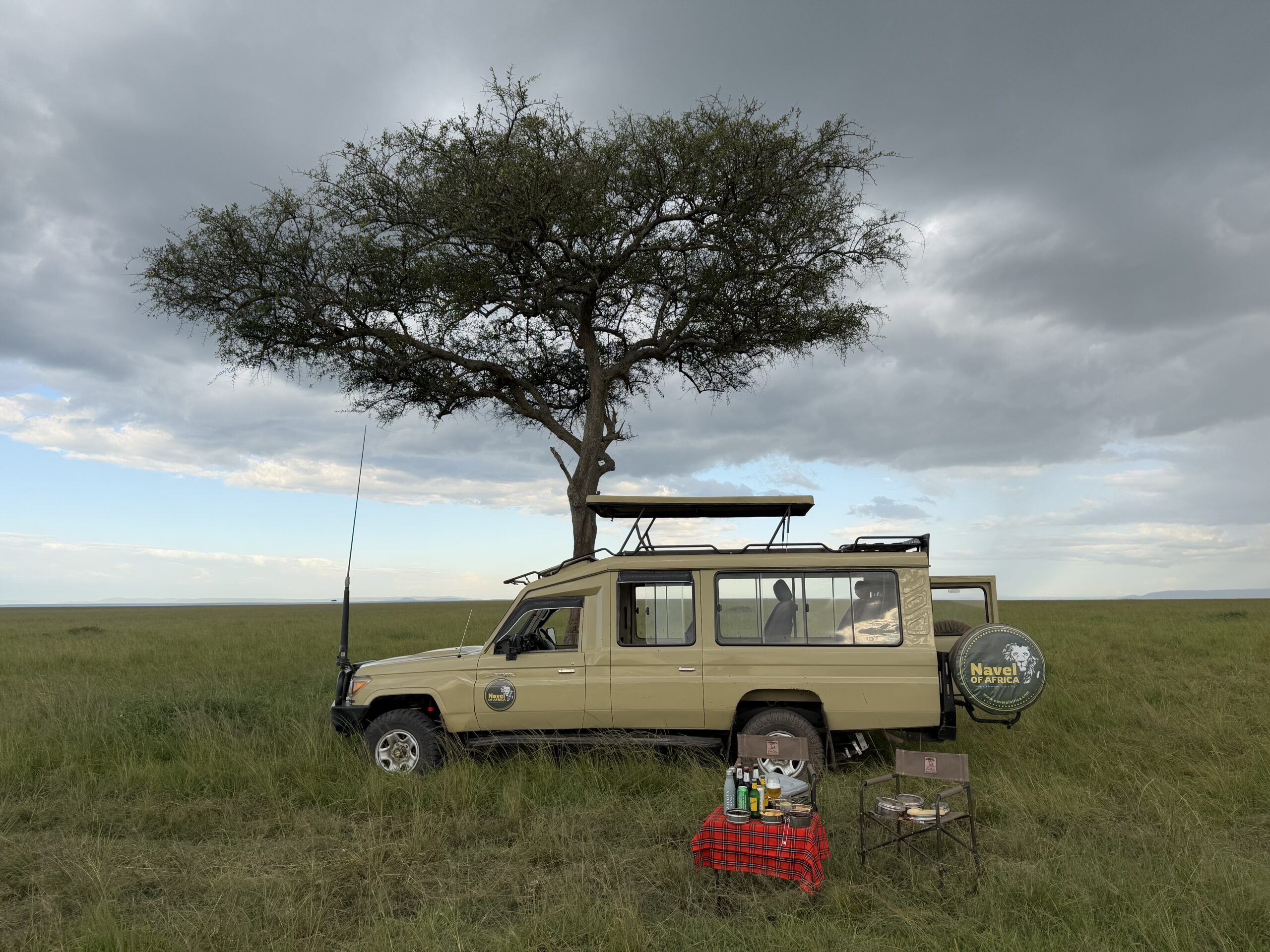
Month-by-Month Guide from a Tanzanian Guide
The Great Migration is nature’s most spectacular wildlife event – over 1.5 million wildebeest, 200,000 zebra, and 400,000 gazelle moving in a circular pattern across the Serengeti-Mara ecosystem. But here’s what most travelers don’t realize: the migration never stops, and there’s no single “best” time to see it.
As a Tanzanian safari guide who has tracked the migration for years, I’ll tell you exactly what happens each month, where the herds are located, and which time period matches your specific interests – whether that’s dramatic river crossings, newborn calves, or simply massive herds stretching to the horizon.
Understanding the Migration Cycle :
First, let’s clear up the biggest misconception: the Great Migration isn’t an event that happens once per year. It’s a continuous, year-round circular movement following seasonal rains and fresh grazing.
The roughly 2,000-kilometer loop takes herds through different regions of the Serengeti ecosystem across Tanzania and Kenya’s Masai Mara. Each season offers different wildlife spectacles.
The key insight :
Rather than asking “when does the migration happen,” ask “what migration behavior do I most want to witness?”
Month-by-Month Migration Guide
January – February: Calving Season in Southern Serengeti :
Location : Ndutu area, southern Serengeti plains
What’s Happening What’s Happening: This is calving season – approximately 8,000 wildebeest calves are born daily during a three-week period in late January and early February.
Why Visit Now The southern plains explode with new life. Newborn wildebeest struggle to their feet within minutes of birth, taking their first wobbly steps while mothers remain vigilant. This abundance of vulnerable young attracts predators – lions, leopards, cheetahs, and hyenas converge for easy hunting.
I’ve witnessed cheetah mothers teaching cubs to hunt on newborn wildebeest. The circle of life plays out dramatically across the short-grass plains.
Photography Exceptional opportunities for predator-prey interactions, newborn animals, and dramatic action scenes.
Weather Warm days with occasional afternoon thunderstorms. The plains are lush and green.
Crowds Moderate. This is peak season for photography enthusiasts and wildlife documentarians.
Pro Tip The exact timing of calving depends on when rains began. Some years it peaks in late January, other years early February. Book accommodations in the Ndutu area for easy access.
Planning a calving season safari ? Contact David for current migration reports and optimal timing. WhatsApp: +255 743 114 934
March – April :
Green Season Dispersal
Location: Southern and central Serengeti
What’s Happening :
As rains continue, the herds spread across the southern plains, grazing on nutrient-rich grasses. Young calves grow stronger daily.
Why Visit Now :
This is Tanzania’s “green season” – the landscape transforms into lush, verdant grassland. The dispersed herds create beautiful scenes against dramatic storm clouds. Predators remain active, and bird life is spectacular with migratory species present.
Weather :
This is the rainy season. Expect afternoon thunderstorms, muddy roads, and occasional travel delays.
Crowds :
Low season means fewer tourists, lower prices (sometimes 30-40% discounts), and private wildlife encounters.
Honest Assessment : Some travelers love the dramatic weather and solitude. Others find the mud challenging. If you’re flexible about weather, this offers incredible value.
The Beginning of the Journey North :
Location: Central Serengeti, moving toward Western Corridor
What’s Happening: The herds begin their northward migration as southern plains dry out. They’re moving but not yet at river crossing areas.
Why Visit Now :
You’ll witness massive herds on the move – long columns of wildebeest and zebra stretching for kilometers. The rut (mating season) for wildebeest often begins in May, creating dramatic territorial battles between males.
Weather: Tail end of rainy season. Roads improve, landscapes remain green.
Crowds: Still low season with excellent pricing and few vehicles.
What I’ve Seen: Male wildebeest clash heads with loud cracks echoing across the plains. Dust rises from thousands of hooves as herds stream across the landscape.
June – July: Western Corridor and River Crossings Begin :
Location: Western Corridor, approaching Grumeti River
What’s Happening: The first major obstacle arrives – the Grumeti River. Herds must cross crocodile-infested waters to continue north.
Why Visit Now :
Grumeti River crossings are less famous than Mara River crossings but equally dramatic. Massive Nile crocodiles – some over 5 meters long – wait in the river. The build-up of anticipation as thousands of wildebeest gather at crossing points is extraordinary.Photography: Excellent opportunities for crossing attempts, though timing is unpredictable.
Weather: Dry season begins. Clear skies, cooler temperatures, excellent wildlife viewing conditions.
Crowds: Increasing as peak season begins.
Reality Check: River crossings are unpredictable. Herds might cross multiple times daily or wait several days before attempting. Patience is essential.
Want to maximize your chances of seeing crossings ? David can recommend optimal timing and locations based on current migration patterns. Email for personalized advice
August – September: Northern Serengeti and Mara River Crossings :
Location: Northern Serengeti, Kogatende area, some herds enter Kenya’s Masai Mara
What’s Happening: The legendary Mara River crossings. This is the migration spectacle most people envision.
Why Visit Now :
The Mara River presents the migration’s greatest challenge. Steep banks, fast-moving water, and enormous crocodiles create life-or-death situations. Thousands of wildebeest gather on riverbanks, hesitating, then suddenly stampeding into the water in chaotic masses.
The sound is overwhelming – splashing water, panicked bellowing, predators’ calls. Some animals drown, some are taken by crocodiles, but most reach the far bank and continue north.
What Makes This Special : I’ve guided over 50 river crossings, and each is unique. Sometimes herds cross in orderly groups. Other times it’s pure chaos. The uncertainty is part of the magic – you never know when it will happen.
Photography: If you witness a crossing, you’ll capture once-in-a-lifetime images.
Weather: Peak dry season. Hot days, cool nights, minimal rain.
Crowds: This is peak season. Northern Serengeti camps fill up, and multiple vehicles often gather at known crossing points.
Booking Window: Reserve northern Serengeti accommodations 6-12 months ahead for August-September.
October – November: Return Journey Begins :
Location: Northern Serengeti and Masai Mara, beginning southward movement
What’s Happening: After grazing in Kenya’s Masai Mara, herds begin returning to Tanzania. More Mara River crossings occur as they cross back south.
Why Visit Now: You can witness return crossings – often less crowded than the northward journey. The herds spread out across northern Serengeti as they gradually move south. Predator action remains excellent.
Weather: October marks the “short rains” – brief afternoon showers that green up the landscape without creating mud problems.
Crowds: Declining after peak season ends.
Value Proposition: Similar wildlife viewing to peak season but with fewer tourists and better prices.
December: Southern Movement Through Central Serengeti :
Location : Central and eastern Serengeti
What’s Happening : Herds continue migrating south, spreading across central Serengeti areas. They’re approaching the southern plains where the cycle will begin again.
Why Visit Now : This is an underrated time for Serengeti safaris. Large herds are present, predators are active, and the landscape is beautiful. It’s also holiday season for family safaris.
Weather: Short rains usually end by mid-December. Pleasant temperatures and green landscapes. Crowds: Increases during Christmas and New Year holidays.
Which Migration Experience is Right for You? :
Let me help you match your interests with the right timing:
Choose January-February if you want :
- Newborn animals and calving drama
- Exceptional predator-prey interactions
- Photography opportunities with action scenes
- The best chance of seeing cheetahs hunting
Choose August-September if you want :
- Western Corridor and Grumeti River crossings
- Great weather and improving road conditions
- Building excitement as herds move north
- Good value before peak season prices
October : :
- River crossings with fewer crowds
- Excellent value as peak season ends
- Green landscapes from short rains
- Great overall Serengeti wildlife viewing
Choose March-May if you want :
- Lowest prices and fewest tourists
- Lush, dramatic landscapes
- Don’t mind occasional rain
- Extended safari duration on a budget
What the Migration Really Looks Like :
Let me set realistic expectations based on hundreds of game drives:
The Hollywood Version: Endless herds covering every visible inch of landscape, dramatic river crossings with crocodiles, constant action.
The Reality: The migration is genuinely spectacular but also unpredictable. Some days you’ll see herds stretching to the horizon. Other days they’re more scattered. River crossings require patience – herds might attempt crossings multiple times or wait for hours.
The Serengeti is massive. Even with a million animals, they spread across 15,000 square kilometers. Your guide’s experience and communication network with other guides is crucial for locating herds.
What I Promise: If you visit during migration season in the right location, you WILL see impressive numbers of wildebeest and zebra. River crossings require luck and patience, but the overall migration experience is genuinely extraordinary.
Beyond the Migration: Other Wildlife :
Here’s what surprises many visitors: the Serengeti offers incredible wildlife year-round, regardless of migration timing.
Resident wildlife includes large lion prides, leopards in riverine forests, cheetah families in open plains, elephants, giraffes, buffalo herds, and over 500 bird species.
Some of my most memorable moments didn’t involve the migration – a leopard with a kill in a tree, lion cubs playing at dawn, a cheetah mother teaching hunting to her cubs.
Pro Tip: If you’re considering a Serengeti safari but can’t visit during prime migration months, don’t let that stop you. The park is magnificent year-round.
How to Track Current Migration Movement :
The migration doesn’t follow a precise calendar. Timing varies by weeks depending on rainfall patterns. Here’s how to get current information:
Ask Your Safari Operator: Local Tanzanian companies like Navel of Africa receive daily reports from guides in the field. We know exactly where herds are located right now.
Be Flexible: If possible, allow flexibility in your travel dates. Sometimes shifting by one week dramatically improves your migration experience.
Trust Local Knowledge: International booking platforms often provide generic information. Local guides offer real-time updates.
Planning your trip around the migration ?
David receives daily updates from the field and can advise on current herd locations and predicted movements. Get in touch for current migration reports – WhatsApp: +255 743 114 934
Combining Migration Safari with Other Parks :
Smart travelers often combine Serengeti migration viewing with other Northern Circuit parks:
Classic 7-Day Migration Safari: :
- 2 nights in Serengeti (migration area)
- 1 night Ngorongoro Crater
- 1 night Tarangire or Lake Manyara
- Arrival/departure nights in Arusha
This provides migration highlights plus diverse ecosystems and wildlife.
Accommodation Strategy for Migration Viewing :
Where you stay dramatically impacts your migration experience:
Mobile Camps: Some camps move seasonally to follow the migration. They’re positioned near current herd locations. These offer proximity but book up quickly.
Permanent Lodges: Fixed-location lodges in different regions. Choose lodges near where herds will be during your travel dates.
My Recommendation: Work with a local operator who knows which camps and lodges position you optimally for your specific travel dates.
Common Migration Myths Debunked :
Myth 1: “The migration only happens once per year.”
Reality: It’s a continuous year-round cycle. Different spectacles occur in different months.
Myth 2: “You must visit in August for the migration.”
Reality: August offers Mara River crossings but January’s calving season is equally spectacular.
Myth 3: “If you miss the crossings, you missed the migration.”
Reality: Crossings are thrilling but seeing vast herds across the plains is equally impressive.
Myth 4: “The migration is predictable.”
Reality: General patterns hold, but exact timing and locations vary yearly based on rainfall.
Final Recommendations from a Local Guide
After years of guiding migration safaris, here’s my honest advice :
Best Overall Time: January-February for calving season offers the best combination of spectacular wildlife action, good weather, and reasonable (not peak) pricing.
Best for River Crossings: Late July through September for Mara River crossings in northern Serengeti.
Best Value: April-May offers the lowest prices and dramatic green landscapes if you don’t mind occasional rain.
Best for Photography: January-February for action and predator-prey interactions, or August-September for river crossing attempts.
The “perfect” time depends entirely on what you value most – action, weather, crowds, or budget.
Ready to Plan Your Migration Safari? :
The Great Migration is genuinely one of Earth’s most spectacular natural phenomena. Whether you’re drawn to newborn calves in February or river crossings in August, I can help you plan the optimal timing and itinerary based on your specific interests.
As a local Tanzanian guide, I receive daily updates on herd locations and can provide current migration reports to help you make informed decisions.
Contact David Jangwa – Navel of Africa :
📧 Email: david@navelofafrica.com
📱 WhatsApp: +255 743 114 934
🌐 Website: navelofafrica.com
We provide personalized month-by-month migration advice based on current conditions, not generic seasonal information. Get in touch for honest recommendations and transparent pricing on private migration safaris.
About the Author : David Michael Jangwa grew up in Tanzania and has guided Great Migration safaris for over a decade. As founder of Navel of Africa, a locally owned safari company, he combines intimate knowledge of Serengeti’s ecosystems with daily field reports to position clients in the right place at the right time for unforgettable migration experiences.
